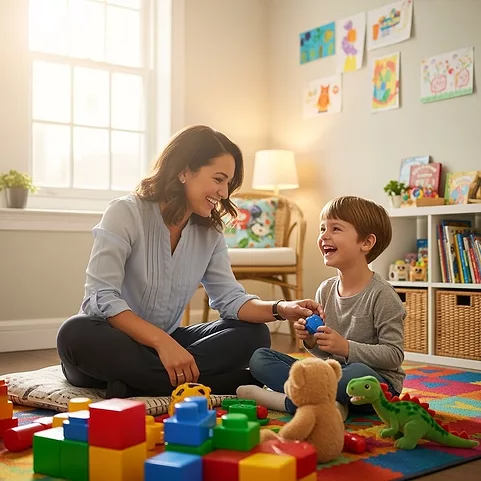Home » Navigating the Child Welfare System from Foster Care to Reunification
Navigating the Child Welfare System from Foster Care to Reunification
December 1, 2013
From The Carlat Child Psychiatry Report
Foster Care Facts
According to the most recent statistics available (2012)
- About 400,000 children are in foster care in the US
- Almost half (47%) were in non-relative foster homes; 28% were in kinship care
- 53% of children in foster care had the expressed goal of reunification; 24% had the goal of adoption
- About half of kids discharged from foster care were reunited with their primary caregivers, 21% were adopted, and the remaining children had different outcomes (eg, emancipation or living with another relative)
- The median time spent in foster care was just over one year-13.4 months. This is an increase from the median 11.9 months 10 years ago
- Children can enter foster care at any time from birth to age 18. In 2012, the median age of a child in foster care was 8.5 years old
- 42% of children in foster care were white, 26% were black, 21% were Hispanic (of any race), and the remainder were another race, multiracial, or undetermined
- There were slightly more boys in foster care than girls-52% vs 47%
- Adults who had been in the child welfare system were more likely to experience heart disease, cancer, chronic lung disease, liver disease, and skeletal fractures
- More than half of children in the foster care system were exposed to four or more adverse childhood experiences, including neglect, sexual abuse, and household substance abuse
Sources: Child Welfare Information Gateway (2013). Foster care statistics 2012. Washington, DC: US Department of Health and Human Services, Children's Bureau; Stambaugh LF et al, Adverse childhood experiences in NSCAW. OPRE Report #2013-26. Washington, DC: Office of Planning, Research and Evaluation, Administration for Children and Families.
KEYWORDS child-psychiatry
Issue Date: December 1, 2013
Table Of Contents
Recommended
Newsletters
Please see our Terms and Conditions, Privacy Policy, Subscription Agreement, Use of Cookies, and Hardware/Software Requirements to view our website.
© 2026 Carlat Publishing, LLC and Affiliates, All Rights Reserved.


_-The-Breakthrough-Antipsychotic-That-Could-Change-Everything.webp?t=1729528747)



